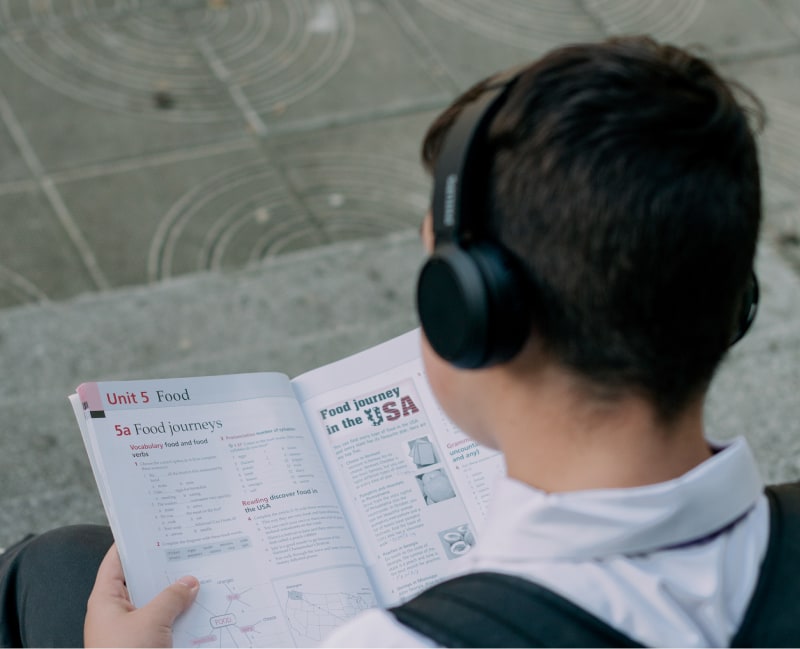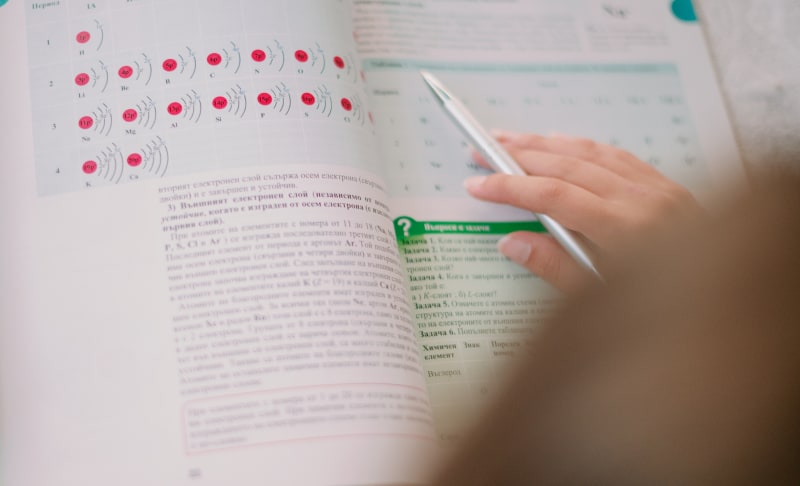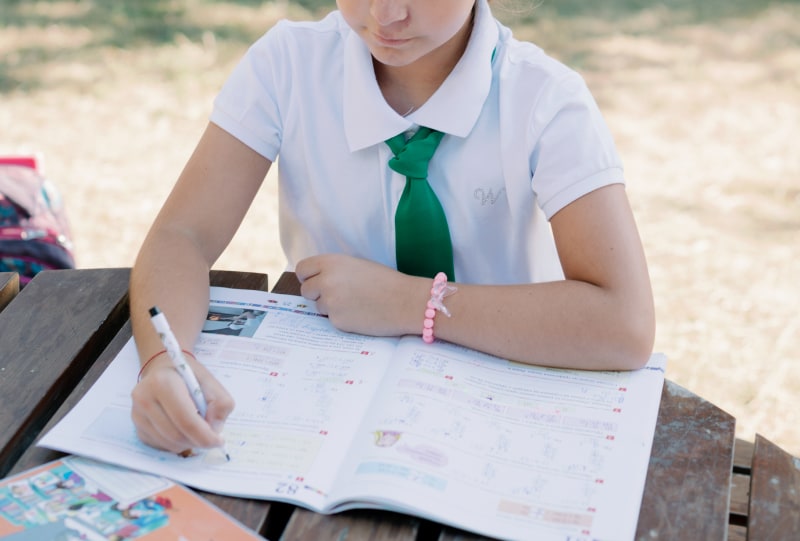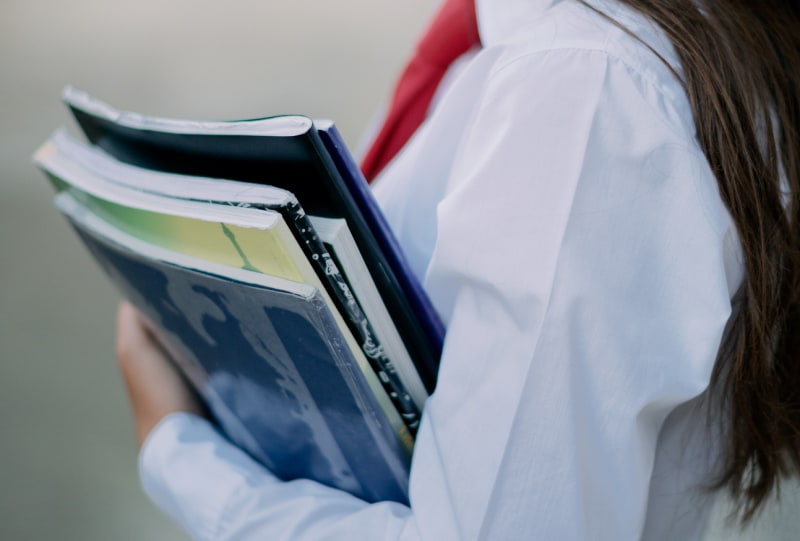Technology Implementation Plan
Mission Statement
I believe in creating a safe learning environment for students where they are actively engaged in the learning process and become self-directed learners with a growth mindset. As such, it is important to me that my students recognize that I not only care about them, but that I maintain high expectations for them and will give them the support they need to reach those expectations. To this end, I will seek out and utilize appropriate technology tools that will best serve my needs to engage and support my students in achieving their academic goals.


NVTA Certification
TECHNOLOGY IMPLEMENTATION PLAN
SHAUNA BLACK
Responsible Technology Use

Equitable Use
Equitable use regarding technology in the classroom refers to the ability for every student to access and use the technological requirements of the assignments the teacher gives so that each student can complete those assignments and show their learning. One example of a lack of equity is what is commonly referred to as the “Digital Divide,” where some students do not have access to the Internet at home, or to the same bandwidth parameters as other students, and may struggle to complete homework assignments as a result. These students are put at a disadvantage because they do not have access to the same level of technology that other students have. It is important to ensure that all students have equal access to the technological components of the classroom in order to ensure that each student has an equal opportunity to show their learning. Students with a lower level of Internet access at home are often of low socio-economic status and should not face discrimination because of this circumstance. Solutions should be sought to make access to technology equitable for all so that each student has an opportunity to thrive without being hampered by circumstances beyond their control.

Ethical Use
With the modern ease of copying and spreading source material, particularly through the Internet, it is important to adhere to ethical use. As a teacher, one must always be aware of the importance of protecting student information. The FERPA law prohibits sharing certain details about students beyond directory information. It can be easy to share too much information about students online when using technology in the classroom, through a class website, for example. Thus, one must be diligent in protecting students not only because of the FERPA law, but because of unsavory characters who might take advantage of student information shared too readily online. Schools I’m aware of adhere to the CIPA law by limiting student access to certain types of websites, thus protecting students from explicit content. In addition, it is important to be aware of copyright and fair use laws and teach these usages to students as they utilize technology in the classroom. Many students may not realize that an image is copyrighted and illegal to use in a Google slideshow or document. The teacher can show students how to find creative commons images instead and ensure that when material is used for educational purposes that it is properly cited. The teacher can present a good example for students by ensuring material used in lesson plans is aligned with the fair use policy (and the specific conditions it requires) and is properly cited. It is important to comply with ethical use of material because it is important to teach students to be law-abiding citizens. In addition, when the laws are followed, the rights of others are protected, such as copyright laws that protect the rights of those who created the content.

Social Responsibility
With the use of technology and the Internet in the classroom comes a certain level of social responsibility. Just as we should be good citizens in our society in general, we should be good citizens in the digital sphere and teach our students how to be good citizens as well. This involves many aspects, from proper etiquette in social media and how to handle cyber-bullying, to protecting one’s identifying information and passwords online, to recognizing false news and invalid media, to being responsible about what is shared online when the Internet never forgets. One of the most important lessons students can learn is how to manage their technology use with other pursuits to create a healthy life balance. I have often observed how difficult it is for some secondary students to refrain from using social media on their phones during class, even when such use is prohibited by the teacher. This interferes with their learning and will continue to interfere as they move forward into a career unless they learn to better manage the use of technology. Thus, it is important for students to learn not only this skill but other digital citizenship skills that will enable them to function in a healthy way online and protect them from the darker aspects of the Internet.

Divi template "High School" used with permission.
